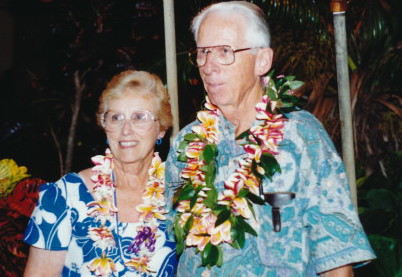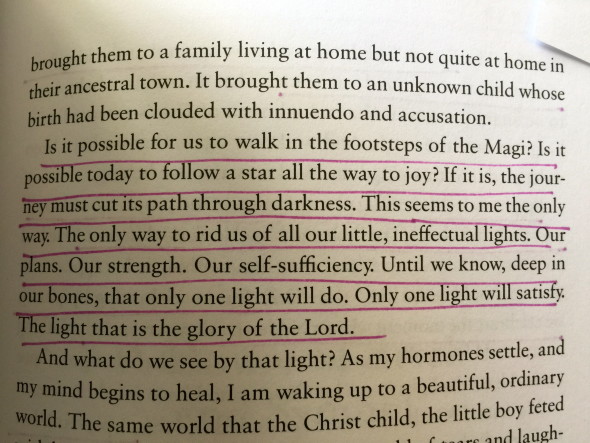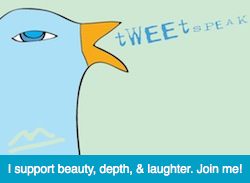
I don’t ‘do’ poems. But I do do poetry. I have always loved it. Maybe because my first, early foray into public speaking involved reading one dramatically. Remember “Casey at the Bat?” Yeah, well, I recited it for a teacher’s luncheon when I was in grade school, coached by my mama. It was well received and quite fun, as I recall. So I kept reading poetry. Regularly.
I am not a particular fan of studying poems, to tell you the truth. Dissection is not my forte. But reading it is a favorite pastime — I have a couple of entire shelves in my personal library dedicated to poetry collections, some of them quite worn and threadbare.
So when I discovered my friend Megan Willome was working on a book about poetry, I was delighted and waited eagerly for that tome to fall into my greedy little hands. She does not disappoint, this Megan. No, she does not. At all.
“The Joy of Poetry: how to keep, save, & make your life with poems,” is exactly what the title says it is — a joy. She sprinkles all kinds of poems throughout this small book, among them some of her own, written in a time of grief and loss as her mother was dying of cancer. I read that entire cycle of poems on her blog before I ever met her and felt as if I had discovered a sister heretofore unknown to me. My own mom was beginning the long downhill slide into dementia and I resonated with every word of her beautiful collection. Every word.
Be advised that I know nothing about poetic forms, styles, line breaks or other specialized vocabulary. I simply know what I like, what ‘speaks’ to me, what makes me think/cry/laugh/wonder/reflect. Because I know so little about the formal grammar of the genre, I have never attempted to create what I always understood to be ‘poetry’ with my own hand and mind. However, as I read through Megan’s lovely reflections, as I marked lines and printed small asterisks and dogeared page corners, I began to think that maybe, just maybe, I’ve been going about this whole poetry thing the wrong way.
Megan’s book underlines the importance of integrating the poetic into everyday life, it encourages us to look for poetry in the mundane, in our favorite music, in the books we read, in our conversations, in our lived experience. And after I finished the book (which took me little time at all, even with all the ah-ha-ing and the underlining), I had a great big ah-ha moment of my own. Because of my own particular faith and professional journey, the poetry of my life — and the poetry that has come via my own mind and hand — looks like this: prayer. The prayers I love to read, the prayers I memorize, the prayers I write . . . are pretty much all poems. Who knew??
Although I know faith to be part of Megan’s own story, it does not make much of an appearance in this particular book. For me, that’s a small hole in the fabric of an otherwise gorgeous tapestry of love and delight. I loved reading about her ‘poetry buddy’ relationships with a couple of other friends of mine and appreciated the practical suggestions that serve as a kind of appendix to the end of this slim volume. Most of all, I loved Megan’s own words. Here are a few of my favorites:
on spying a small purple flower in an alleyway: “Between the trash can and the gas meter stood spring.”
“But taking poems in small doses, one a day, or even one a week, is like a soaker hose for the soul.”
While pondering her mom’s imminent death:
“After she’s gone will I still orbit her earth?
Will her tides still move my every wave?”“How much more good poetry might be generated if we didn’t endlessly evaluate our efforts — if we wrote, and wrote and wrote and got through the bad, the sentimental, the therapeutic and made way for the occasional good poem?”
“Why write poetry? Because poets have perfect pitch.”
“Poetry has the power to transform the truth.”
“Poetry is my prescription for adversity. It can touch hidden places in ways prose can’t. When I am heartbroken and read a poem that seems to have been written from someone else’s dark place, I can sit among the broken eggshells and know I’m not alone. I don’t need to know how the eggshells got broken.”
So here’s the upshot for me: I loved reading this book. I loved learning a little bit more about her life, about how she thinks, about how she works. I loved the poems she selected and the topics she wrote about. Maybe most of all, I love that her thoughtful work has pushed me to think more poetically about about my life, about my relationship with my mom, about why poetry is so important to me. An added bonus is the impetus for new prayer writing/wrangling, which seems to be the way in which I can personally wrestle with the poet within. Maybe a small collection for each Sunday of the year? Yeah, that’s a poetry joy for me.
Thank you, Megan! And thank you, T.S. Poetry Press.
Here is a link to this lovely volume – it’s available in paperback and Kindle format.







































